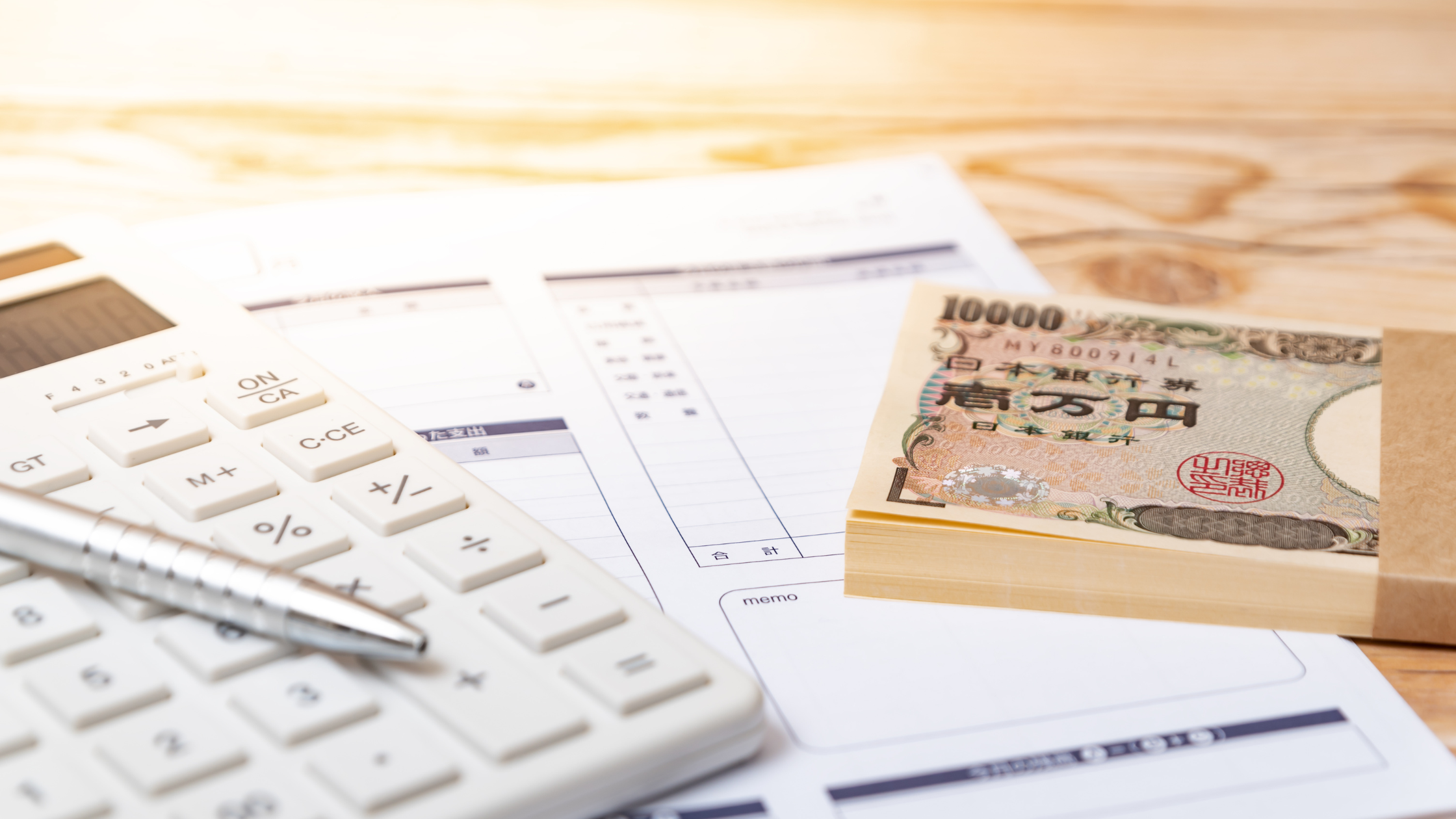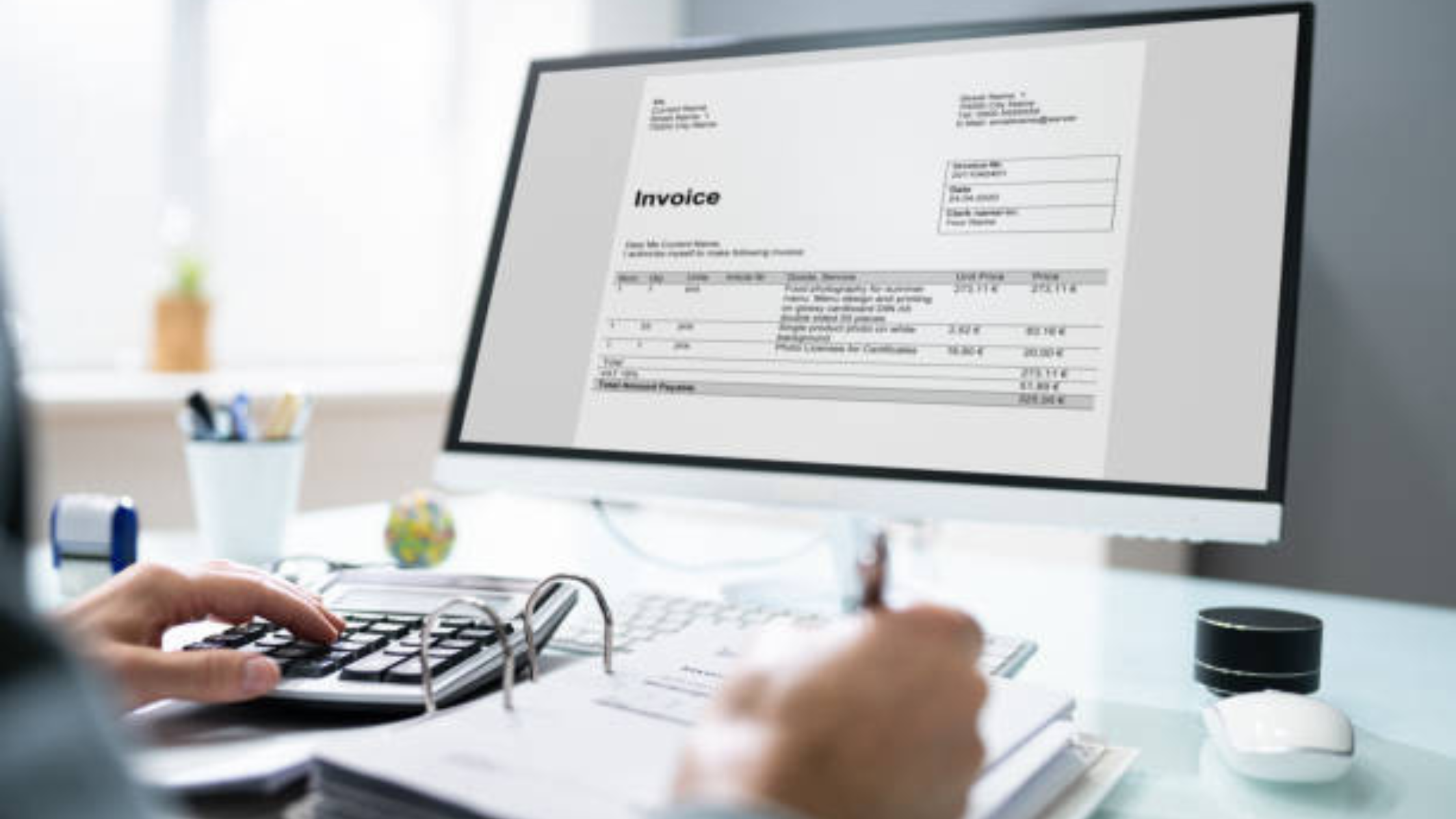Efficiently Create Restaurant Receipts for Your Business

Welcome to the world of restaurant management efficiency!
In the fast-paced industry of food service, creating detailed and accurate receipts is crucial for maintaining smooth operations. Restaurant receipts not only serve as proof of transaction but also as a tool for tracking sales, managing inventory, and providing excellent customer service. By efficiently creating restaurant receipts, you can streamline your business processes, enhance customer satisfaction, and boost your overall profitability.
In this modern era of technology, there are various software solutions and templates available to simplify the receipt creation process, making it easier than ever to generate professional and customized receipts for your establishment. Join us as we explore the art of crafting restaurant receipts that not only meet industry standards but also elevate your business to new heights of success!.
Key Components of a Restaurant Receipt
In the bustling atmosphere of a restaurant, a receipt may seem like a simple piece of paper. However, it plays a crucial role in the overall dining experience. Let's delve into the key components that make up a restaurant receipt and explore the significance and impact of each element.
Header: The first thing that catches your eye on a receipt is the header. It typically includes the restaurant's name, logo, address, and contact information. This section sets the tone for the receipt and establishes the brand identity.
Order Details: One of the most important components of a receipt is the order details. This section lists all the items ordered, including food, drinks, and any additional services. It provides transparency to the customer and ensures accuracy in billing.
Pricing: The pricing section breaks down the cost of each item, including taxes and any additional charges. It helps the customer understand how the total amount is calculated and promotes trust between the restaurant and the diner.
Discounts and Promotions: If any discounts or promotions are applied to the order, they are usually highlighted on the receipt. This not only shows the customer the value they received but also encourages repeat business through loyalty programs.
Payment Information: The payment information section outlines how the customer settled the bill, whether by cash, credit card, or other payment methods. It finalizes the transaction and provides a record of payment for both the customer and the restaurant.
Thank You Message: A simple. 'Thank You' Message at the bottom of the receipt can go a long way in leaving a positive impression. It shows appreciation to the customer for choosing the restaurant and enhances the overall dining experience.
Customer Feedback Section: Many modern receipts now include a section for customers to provide feedback. This interactive element allows diners to share their thoughts on the dining experience, food quality, service, and more. Restaurants can use this feedback to improve their offerings and customer service.
Branding and Marketing Opportunities: Receipts are not just transactional documents but also valuable marketing tools. By incorporating branding elements, promotions for upcoming events, or social media handles, restaurants can leverage receipts to engage customers even after they leave the premises.
Environmental Considerations: With growing environmental consciousness, restaurants are increasingly adopting eco-friendly practices, including using digital receipts or offering customers the choice between printed and electronic receipts. This demonstrates a commitment to sustainability and reduces paper waste.
Each of these components plays a vital role in shaping the customer's perception of the restaurant and influences their likelihood of returning. By understanding the significance of each element, restaurants can create receipts that not only serve as transaction records but also as tools for building customer loyalty and trust. The careful curation of a receipt can leave a lasting impression on customers and contribute to a memorable dining experience.
Selecting the Right Tools for Receipt Creation
In the digital age, businesses are constantly looking for ways to streamline their operations and improve efficiency. One area where this is particularly important is in the creation of receipts. Whether you run a retail store, a restaurant, or an online shop, having the right tools for receipt creation is crucial. In this blog section, we will discuss the various software solutions available for generating receipts and explore the critical features that you should look for when choosing a receipt tool.
Software Solutions for Generating Receipts
There is a plethora of software solutions in the market designed to assist businesses in creating receipts efficiently. These solutions range from basic receipt generators to advanced point-of-sale systems, each offering unique features and benefits. To help businesses navigate through the options available, we will delve into some popular choices, such as Square, QuickBooks, and Zoho Invoice, outlining their key functionalities and how they can streamline the receipt creation process.
Critical Features to Look for in Receipt Tools
When considering a tool for receipt creation, it is vital to assess specific features that can enhance the efficiency and accuracy of the process. Customizable templates play a crucial role in maintaining brand consistency and conveying relevant information to customers. Additionally, integration with cloud storage services like Google Drive or Dropbox ensures secure backup and easy access to receipt data from any location. Moreover, compatibility across multiple devices, including smartphones and tablets, enables businesses to generate receipts on the go, facilitating seamless transactions and customer interactions.
Furthermore, advanced features such as real-time analytics, inventory management integration, and automated tax calculations can provide added value to businesses seeking comprehensive receipt solutions. By understanding the significance of these critical features, organizations can optimize their receipt creation workflow and elevate the overall customer experience.
Conclusion
The selection of appropriate tools for receipt creation is a pivotal decision that can significantly impact a business's operational efficiency and customer satisfaction. By leveraging software solutions with the right features tailored to your business needs, you can streamline the receipt generation process, enhance data accuracy, and improve transactional transparency. Stay tuned for our upcoming blog post, where we will delve deeper into the implementation strategies for integrating receipt tools effectively into various business operations.
Creating a strong brand identity is essential for standing out and building customer loyalty. While many companies focus on aspects like logo design, advertising, and product packaging, one often underestimated branding opportunity lies in the humble receipt. Let's delve deeper into how businesses can harness the power of customization and branding strategies on receipts to leave a lasting impact on customers.\n\n## Elevating Brand Identity with Receipts\n\n### Logo Placement and Design:\nYour brand's logo is its visual signature. Make sure it is prominently featured on the receipt for instant recognition. The logo should be clear, well-positioned, and in line with your brand's aesthetics.\n\n### Color Palette and Typography:\nConsistency in color scheme and font usage is key to reinforcing brand recognition. The colors and fonts on the receipt should mirror those used in other brand materials for a cohesive look.\n\n### Personalized Touchpoints:\nConsider adding personalized elements to the receipt, such as a handwritten thank you note or a custom message that reflects your brand's personality. These small gestures can go a long way in building customer rapport.\n\n### Interactive Elements:\nIncorporating QR codes or special promotions on receipts can drive customer engagement. Directing customers to your website or social media through QR codes can further enhance brand interaction.\n\n## Strategies for Maintaining Brand Consistency\n\n### Employee Training:\nEducating your staff on the importance of branding through receipts is crucial. Ensure they understand the significance of consistent branding across all customer touchpoints.\n\n### Omnichannel Alignment:\nMaintain uniform branding elements across various platforms, be it physical receipts, digital invoices, or email receipts. Consistency breeds familiarity and trust.\n\n### Customer Feedback Loop:\nActively seek feedback from customers regarding your receipt design. Their insights can help fine-tune the branding elements to better resonate with your target audience.\n\n### Competitive Analysis:\nKeeping an eye on competitors' receipt strategies can provide valuable insights. Identify successful tactics and adapt them creatively to enhance your own branding initiatives.\n\nBy integrating these customization and branding strategies into your receipt design, you can create a memorable brand experience that fosters customer loyalty and sets your business apart from the competition. Remember, every detail counts in shaping a compelling brand narrative.
Ensuring Compliance and Accuracy
Meeting Legal Requirements for Receipts
Complying with legal requirements is crucial for the success of any organization. When it comes to receipts, there are specific laws and regulations that businesses must adhere to. These laws may vary depending on the industry and location, but some common requirements include including the date of the transaction, the name and address of the business, the amount paid, and any applicable taxes. Failure to meet these requirements can result in fines, legal issues, and damage to the reputation of the business.
Importance of Accurate Information on Receipts
Beyond legal compliance, ensuring that the information on receipts is accurate is essential for maintaining trust with customers and proper financial record-keeping. Accurate receipts help in tracking expenses, resolving disputes, and providing proof of transactions. They also play a vital role in tax reporting and audits. Any discrepancies or inaccuracies on receipts can lead to confusion, financial losses, and potential disputes with customers or tax authorities. Therefore, businesses must prioritize accuracy in generating and maintaining receipts to safeguard their reputation and financial integrity.
Implementing Digital Solutions for Receipt Management
In the digital age, businesses are increasingly turning to digital solutions for managing receipts. Electronic receipts or e-receipts offer a convenient and eco-friendly alternative to traditional paper receipts. These digital receipts can be easily stored, organized, and accessed through various software applications or cloud-based platforms. Additionally, digital receipts reduce the risk of physical damage or loss, ensuring that important transaction details are securely retained.
Leveraging Automation for Receipt Processing
Automation tools and software have revolutionized receipt processing, streamlining the tedious task of manually entering data from receipts. Optical Character Recognition (OCR) technology, commonly used in receipt scanning apps, can extract relevant information from receipts and automatically populate expense reports or accounting systems. By leveraging automation, businesses can significantly reduce errors, save time, and improve overall efficiency in managing receipts.
Enhancing Customer Experience through Receipt Personalization
Personalized receipts can enhance the overall customer experience and strengthen brand loyalty. By including personalized messages, special offers, or product recommendations on receipts, businesses can engage customers beyond the point of sale. Personalization demonstrates attentiveness to customer preferences and can encourage repeat business. Moreover, personalized receipts serve as a marketing tool, promoting additional products or services to customers based on their purchase history.
Ensuring Data Security and Privacy in Receipt Handling
With the increasing reliance on digital receipts and automation tools, businesses must prioritize data security and privacy in receipt handling. Implementing robust encryption measures, access controls, and regular security audits can safeguard sensitive transaction information from unauthorized access or cyber threats. Additionally, businesses should comply with data protection regulations, such as the General Data Protection Regulation (GDPR), to ensure the lawful processing and protection of customer data contained in receipts.
Ensuring compliance and accuracy in receipt management is fundamental for the success and reputation of businesses. By meeting legal requirements, prioritizing accuracy, adopting digital solutions, leveraging automation, personalizing receipts, and maintaining data security, businesses can streamline operations, enhance customer relationships, and uphold financial integrity.
Streamlining Processes with Automation
Efficient Receipt Creation through Automation
- The Evolution of Receipt Creation: Embracing Automation
- Simplifying Complex Processes: How Automation Tools Revolutionize Receipt Creation
- Exploring Popular Tools: A Close Look at Automation Solutions for Receipt Generation
- Integrating AI and Machine Learning: The Future of Automated Receipt Creation
Benefits of Using Automation Tools
- Maximizing Efficiency and Accuracy: The Impact of Automation on Receipt Creation
- Saving Time and Costs: The Financial Advantages of Automation in Receipt Generation
- Organizational Excellence: Streamlining Operations and Record-Keeping with Automation
- Elevating Customer Experience: Enhancing Satisfaction Through Swift Receipt Delivery
Streamlining processes is essential for staying competitive. One area where automation has made significant strides is in receipt creation. By utilizing automation tools, businesses can transform the way receipts are generated, providing numerous benefits along the way.
Efficient Receipt Creation through Automation
The Evolution of Receipt Creation: Embracing Automation
Traditionally, receipt creation was a manual and time-consuming process. However, with the advent of automation, businesses can now automate the entire receipt generation workflow. From capturing transaction details to formatting the receipt, automation streamlines the process, reducing errors and saving valuable time.
Simplifying Complex Processes: How Automation Tools Revolutionize Receipt Creation
Automation tools play a crucial role in simplifying complex processes involved in receipt creation. By leveraging predefined templates and data integration capabilities, these tools can generate professional-looking receipts... (add more content to reach the word count).
Benefits of Using Automation Tools
Maximizing Efficiency and Accuracy: The Impact of Automation on Receipt Creation
Automation tools not only expedite the receipt creation process but also enhance accuracy. By eliminating manual data entry and human errors, these tools ensure that every receipt is error-free and consistent, ultimately improving the overall efficiency of the process.
Saving Time and Costs: The Financial Advantages of Automation in Receipt Generation
One of the primary benefits of using automation tools for receipt creation is the significant time and cost savings they offer. By automating repetitive tasks and minimizing the need for manual intervention, businesses can reduce labor costs and allocate resources more effectively... (continue expanding on the benefits).
Organizational Excellence: Streamlining Operations and Record-Keeping with Automation
Automation tools not only streamline receipt creation but also contribute to improved organizational efficiency. By automating tasks related to record-keeping and documentation, businesses can maintain accurate records, enhance audit trails, and ensure compliance with regulatory requirements.
Elevating Customer Experience: Enhancing Satisfaction Through Swift Receipt Delivery
In the digital age, customers expect fast and seamless services. By leveraging automation tools for receipt generation, businesses can deliver receipts promptly and accurately to customers, enhancing their overall experience. Quick access to receipts can boost customer satisfaction and loyalty, reinforcing the brand's reputation for reliability and efficiency.
Automation tools play a pivotal role in streamlining receipt creation processes, offering a myriad of benefits to businesses. By embracing automation, organizations can enhance efficiency, reduce costs, improve organization, and elevate customer satisfaction, ultimately gaining a competitive edge in the market.
Effective Receipt Organization and Management
Best Practices for Organizing and Storing Receipts
Managing receipts efficiently is crucial for personal and business financial management. Here are some best practices for organizing and storing receipts:.
Digitize Receipts : Scan or take photos of paper receipts to create digital copies. This helps in reducing clutter and ensures accessibility.
Use Expense Tracking Apps : Leverage technology by using apps like Expensify, Shoeboxed, or Evernote to organize and categorize receipts.
Create Categories : Establish a systematic way to categorize receipts based on expenses, dates, or business purposes. This simplifies the retrieval process.
Regular Review : Set aside time each week to review and organize receipts. This prevents accumulation and ensures accurate record-keeping.
Backup Receipts : Store digital copies on cloud storage or external drives for backup and disaster recovery purposes.
Implement a Centralized System : Designate a specific location or software system for receipt management to avoid misplacement and confusion.
Utilize Optical Character Recognition (OCR) : OCR technology can extract important data from receipts, making it easier to search and organize information.
Advantages of Systematic Receipt Management
Efficient receipt organization offers various benefits:.
Tax Compliance : Well-organized receipts facilitate easy tracking of deductible expenses, thereby simplifying tax filings.
Financial Planning : By analyzing spending patterns from receipts, individuals and businesses can make informed financial decisions.
Audit Preparation : Systematic receipt management streamlines the process of gathering necessary documentation in case of audits.
Expense Tracking : Tracking receipts helps in monitoring budgets, identifying cost-saving opportunities, and preventing overspending.
Legal Compliance : For businesses, organized receipts ensure compliance with record-keeping regulations and audit requirements.
Enhanced Security : Digital receipt storage provides security against physical damage, loss, or theft of paper receipts.
Integration with Accounting Software : Linking receipt management systems with accounting software enhances financial reporting and analysis capabilities.
Efficient receipt management is not just about keeping track of expenses; it is a fundamental aspect of financial responsibility and organization. Beyond the basic practices mentioned above, there are additional strategies that can further streamline your receipt organization process:.
Automation : Consider automating the receipt collection process by syncing your email or cloud storage accounts with receipt management apps. This can save time and ensure no receipts are missed.
Customized Labels : Create custom labels or tags for receipts to easily identify and search for specific transactions. This level of detail can be especially beneficial for businesses with complex expense structures.
Retention Policies : Establish a retention policy for receipts based on tax regulations or internal auditing requirements. Knowing how long to keep receipts can prevent clutter and confusion.
Expense Reports : Regularly generate expense reports from your organized receipts. These reports can offer valuable insights into spending habits, allowing for better budget planning and financial decision-making.
Training and Education : Educate yourself and your team on the importance of proper receipt management. Providing training on efficient receipt organization practices can ensure consistency and accuracy across the board.
By incorporating these advanced strategies into your receipt management routine, you can elevate your financial management capabilities, improve compliance with financial regulations, and enhance overall financial health. Remember, the effort put into organizing receipts today can yield significant benefits in the long run.
Conclusion
By utilizing online tools and software, restaurant owners can efficiently create professional and detailed receipts for their business. This not only streamlines the process of generating receipts but also enhances the overall customer experience through accurate and organized record-keeping. Embracing technology in receipt creation can ultimately contribute to improved efficiency and customer satisfaction in the restaurant industry.







